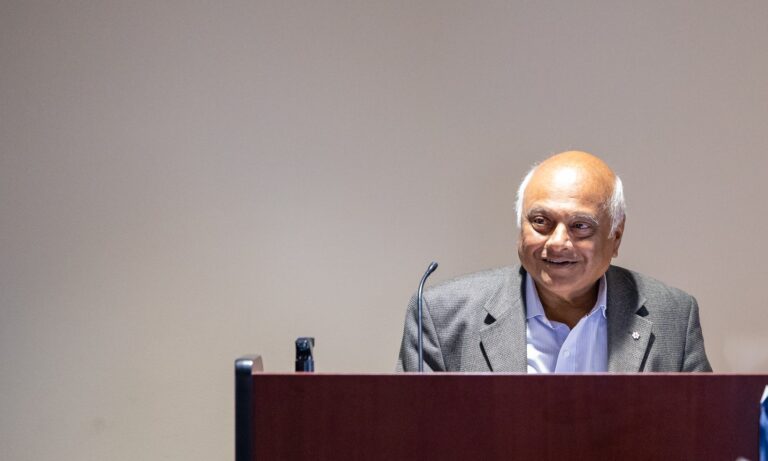
JD Schwalm
In the last decade (2006 to 2016 to be exact) there has been no improvement, globally, in the uptake of strategies to prevent subsequent heart attacks and strokes in patients.
The use of those strategies (medications and lifestyle modifications) “remains low in most countries around the world, including the U.S.” write PHRI Scientist JD Schwalm, PHRI Research Fellow Marjan Walli-Attaei, and PHRI Executive Director Salim Yusuf in an invited commentary in JAMA Network Open this month.
They summarize barriers to secondary prevention as follows:
- At the patient level: Knowledge, beliefs, and memory are prominent barriers, as well as access and costs to adequate health care and medications.
- At the clinician level, barriers include knowledge, attitude, limited time, and limited resources to support guideline-recommended secondary prevention for ASCVD.
- At the health system level, fragmentation of care, low priority setting, and limited infrastructure for systematic screening and management of secondary prevention of ASCVD are identified barriers.
“Furthermore, the current system, which largely relies on individual physicians to prescribe these interventions and patients to adopt them has simply failed. Therefore, novel and scalable health system strategies that overcome several of these barriers are needed to improve prevention in high-risk patients (ASCVD or hypertension) in the community.”
To this point, Schwalm, Walli-Attaei and Yusuf discuss “alternative health system models of care that have been evaluated in both the US and abroad. Those that hold promise of improvement and scalability are often community-based, patient-focused, and involve task-sharing with non-physician health workers (NPHW) or community health care workers.”
They give the example of PHRI’s HOPE-4 trial where, in Colombia and Malaysia, patients with hypertension experienced better blood control management by being treated by NPHWs using a computer-based management algorithm and counselling programs, provision of free medicines (supervised by physicians), and support from family members or friends.
The authors also discuss “another health system intervention that supports the patient-centered approach is the use of combination pharmacotherapy—or the polypill—for the management of ASCVD, hypertension, or diabetes.”

Colombia NPHWs review medications with Colombians at the kitchen table (HOPE-4, 2019). Photo courtesy of Patricio Lopez-Jaramillo
[Banner photo also courtesy of Lopez-Jaramillo, national leader, Colombia, HOPE-4 trial, 2019]



